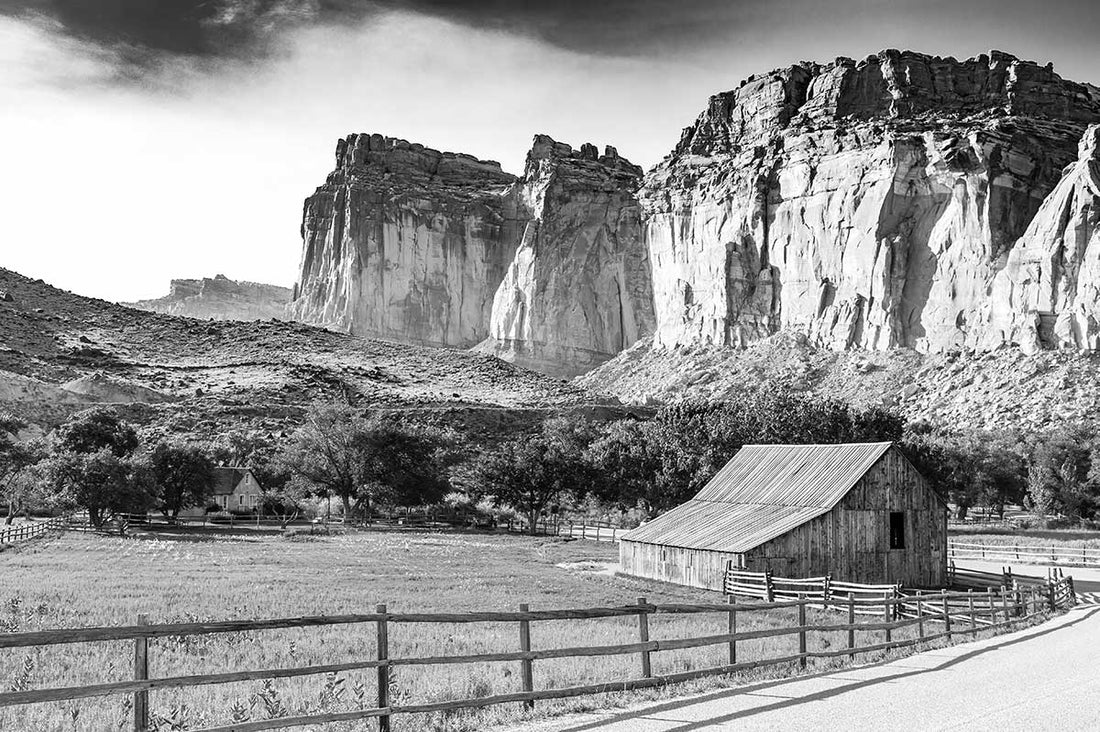
Capitol Reef National Park
Robert DeckerDiscover the Waterpocket Fold, a geologic wrinkle on earth!
Capitol Reef National Park is located in south-central Utah. The park is approximately 60 miles long on its north–south axis but an average of just 6 miles wide. The park was established in 1971 to preserve 241,904 acres of desert landscape. Capitol Reef National Park is a hidden treasure filled with cliffs, canyons, domes, and bridges in the Waterpocket Fold, a geologic monocline (a wrinkle on the earth) extending almost 100 miles.
Located partially in Wayne County, Utah, the area was originally named "Wayne Wonderland" in the 1920s by local boosters Ephraim P. Pectol and Joseph S. Hickman. Capitol Reef National Park was initially designated a national monument on August 2, 1937, by President Franklin D. Roosevelt in order to protect the area's colorful canyons, ridges, buttes, and monoliths; however, it was not until 1950 that the area officially opened to the public. Road access was improved in 1962 with the construction of State Route 24 through the Fremont River Canyon.
The majority of the nearly 100 mile long up-thrust formation is called the Waterpocket Fold, an especially rugged and spectacular segment of the Waterpocket Fold by the Fremont River. This rocky spine extends from Thousand Lake Mountain to Lake Powell. Capitol Reef was named for whitish Navajo Sandstone cliffs with dome formations—similar to the white domes often placed on capitol buildings. The local word reef refers to any rocky barrier to land travel, just as ocean reefs are barriers to sea travel.
The Capitol Reef National Park Poster is an original work created and signed by the artist. The original photograph was taken by Robert Decker in June of 2015 at the historic Gifford Farm. The poster was created in the style of the Works Progress Administration of the 1930s and 1940s, when the Federal Government started the Works Progress Administration (or the Works Program Administration), and commissioned hundreds of artists to create thousands of posters designs from which literally millions of prints were made. At that time, there were only 26 National Parks. And only 14 parks had posters created during the WPA era.

